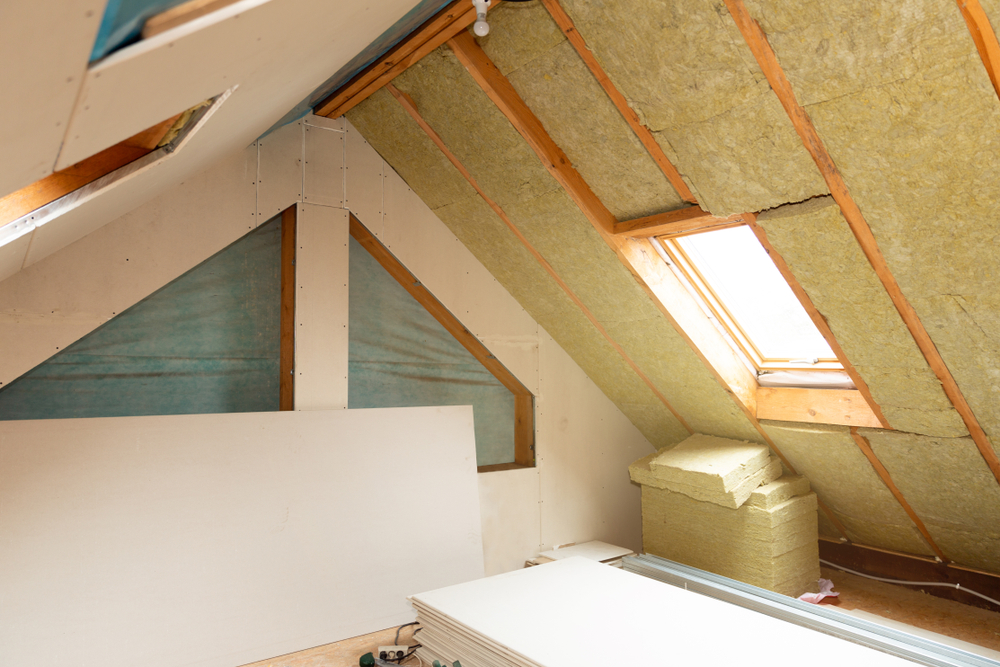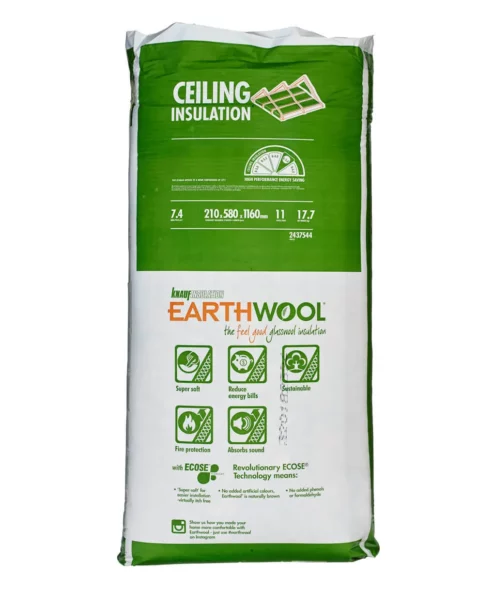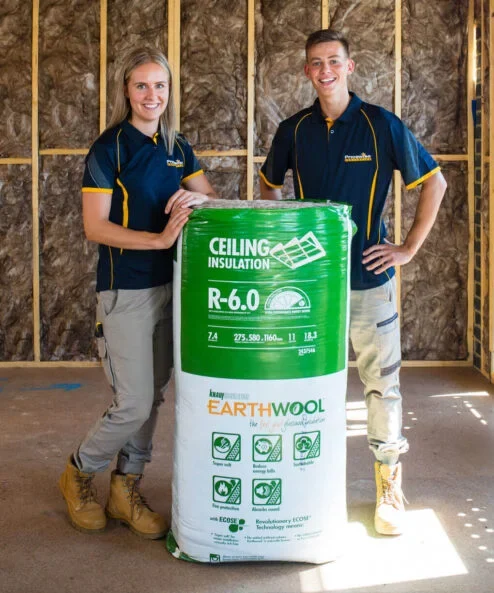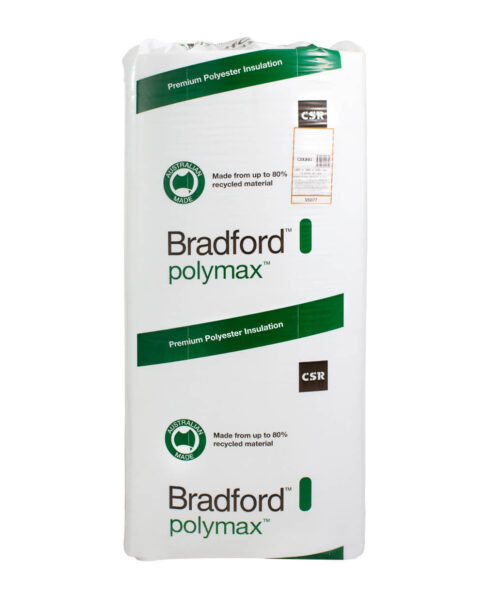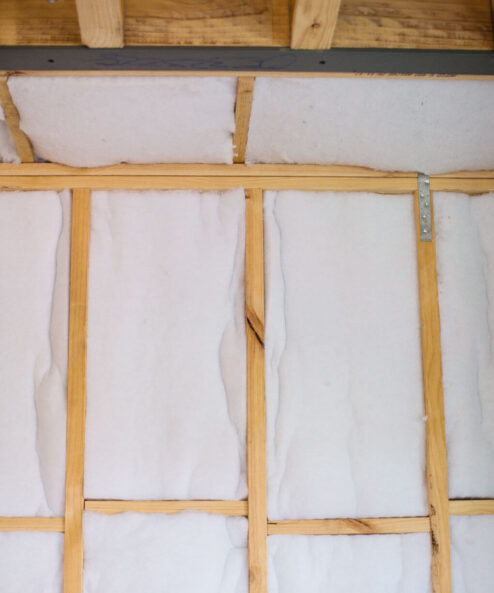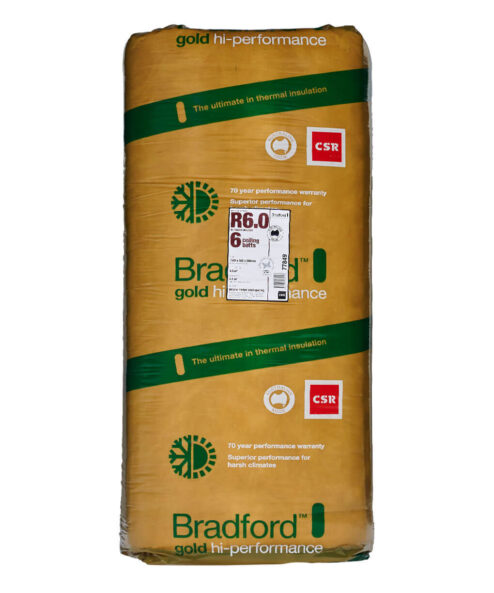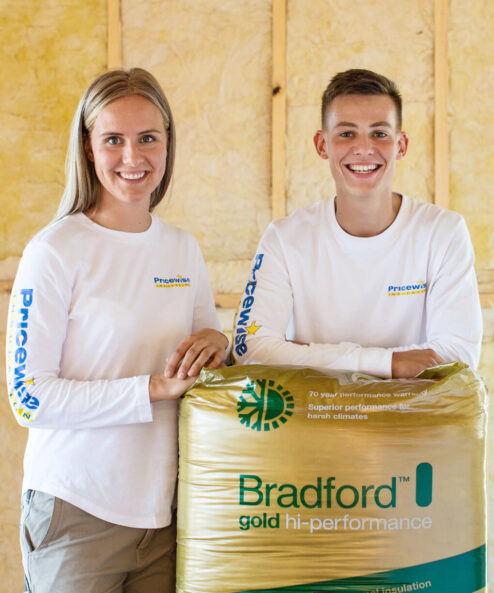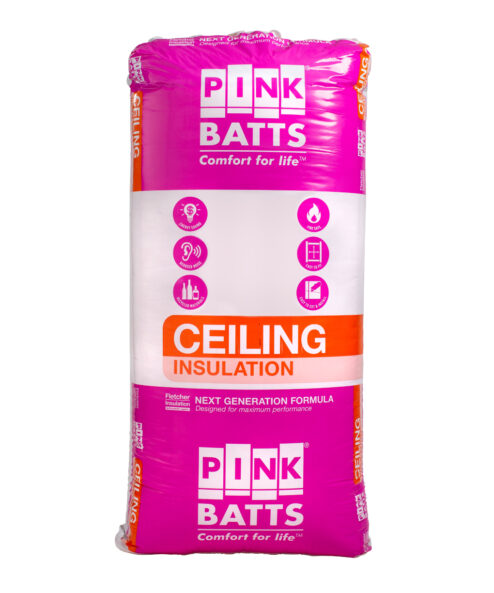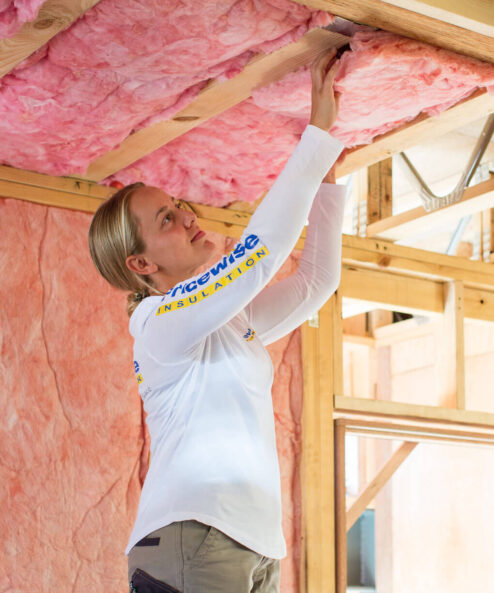Insulation Tips
How to Install Insulation in Your Attic
How to Install Insulation in an Attic
The method and products used to insulate an attic space depend on a number of factors, including what you plan on using the attic for.Unused Attics
Many Australian homes don’t use the space between the ceiling and the roofing material (AKA the attic). Even if your attic isn’t used for storage or an extra living room, you should still insulate it using the appropriate ceiling and roof insulation products.Insulating your roof will help reduce the amount of heat loss and heat gain, making your home more energy efficient and reducing your energy bills.Ceiling insulation batts can be placed between the ceiling joists from below if the plaster is not yet hung, for example in new builds. For existing homes, batts can be loaded through the manhole or from outside by removing some of the roofing material.Read more: Installing ceiling insulation for the first time.Check out the video below for how to install roof insulation in an existing home.Insulation for Attic Conversions
If you are planning on converting your attic into a liveable space, it will need to be properly insulated to ensure it’s comfortable, safe and compliant with local building guidelines.Most homes have roof sarking installed under the roofing material, whether that’s metal sheets, tiles or another material. Attic insulation batts are installed between the roof joists, ensuring that an air gap is left between them and the sarking above.Then a reflective insulation product like Kingspan Insuliner or Insulwhite can be stapled to the rafters to cover the insulation batts. Again, it is important that an air gap is left between the batts and reflective insulation.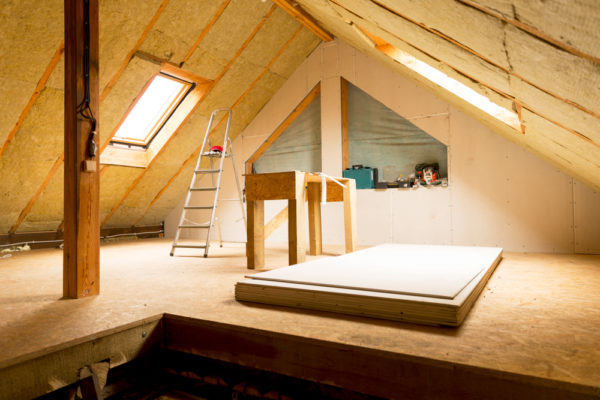
Types of Attic Insulation
The two main types of insulation material used in the attic are bulk insulation, such as glasswool batts, and reflective foil insulation.If you are using your attic as a living space, you may also wish to install acoustic insulation batts under the attic flooring to help prevent noise transfer into the rooms below.Find out more about using batt insulation, loose fill insulation and reflective insulation in our article on the best kind of insulation for your attic project.Choosing the Right R Value
The R Value of an insulation product tells you how effective it is at preventing heat loss and gain. The higher the R Value, the more insulating power it has, and the greater potential energy savings you can experience.Keep in mind there may be local building codes concerning the minimum R Value you need for attic installations.Learn more about what R Value means and recommended ratings for different applications.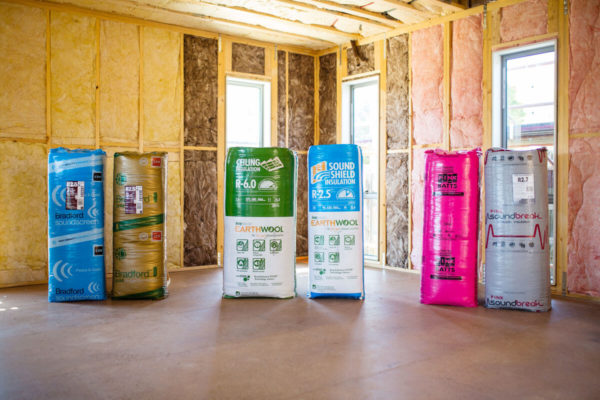
How Much Insulation Do You Need for an Attic?
The amount of insulation you will need depends on the method of installation and the size of your attic.Check out our guide to calculating how much insulation is needed per square metre.Also read: How to work out the cost of adding insulation to your attic.Attic Insulation Tips
If you are planning a DIY insulation installation, there are a number of things you should keep in mind to ensure a safe and effective installation.- Switch power off – Before you get to work, make sure you switch the house power off. Use a battery powered light if you need. Any loose or damaged electrical wires should be inspected by a qualified electrician.
- Air leaks – You may need to seal up any gaps that allow air to travel between the attic and the rooms below before you start placing insulation batts. Particularly pay attention to areas surrounding lighting fixtures, pipes and ducts.
- Compression – When installing bulk insulation such as batts or rolls, do not compress them as this will compromise their performance.
- Snug fit – Insulation batts should fit snugly between the joists with no gaps. For awkward spaces, such as around windows or doors, use cut offs to fill in any gaps.
- Ventilation – Be sure not to cover up any necessary air vents or other ventilation as adequate air flow is essential to prevent moisture issues and maintain healthy air quality.
- Dust – The roof can be a dusty space, especially in older homes. Wear a dust mask and make sure there is enough ventilation while completing the installation.
- Recessed lighting – Make sure you follow the guidelines for clearances around down lights to reduce the risk of fire.
- Safety gear – Dress appropriately in long sleeves, gloves, boots, safety glasses and dust mask. It’s also a good idea to take a water bottle with you into the attic.



